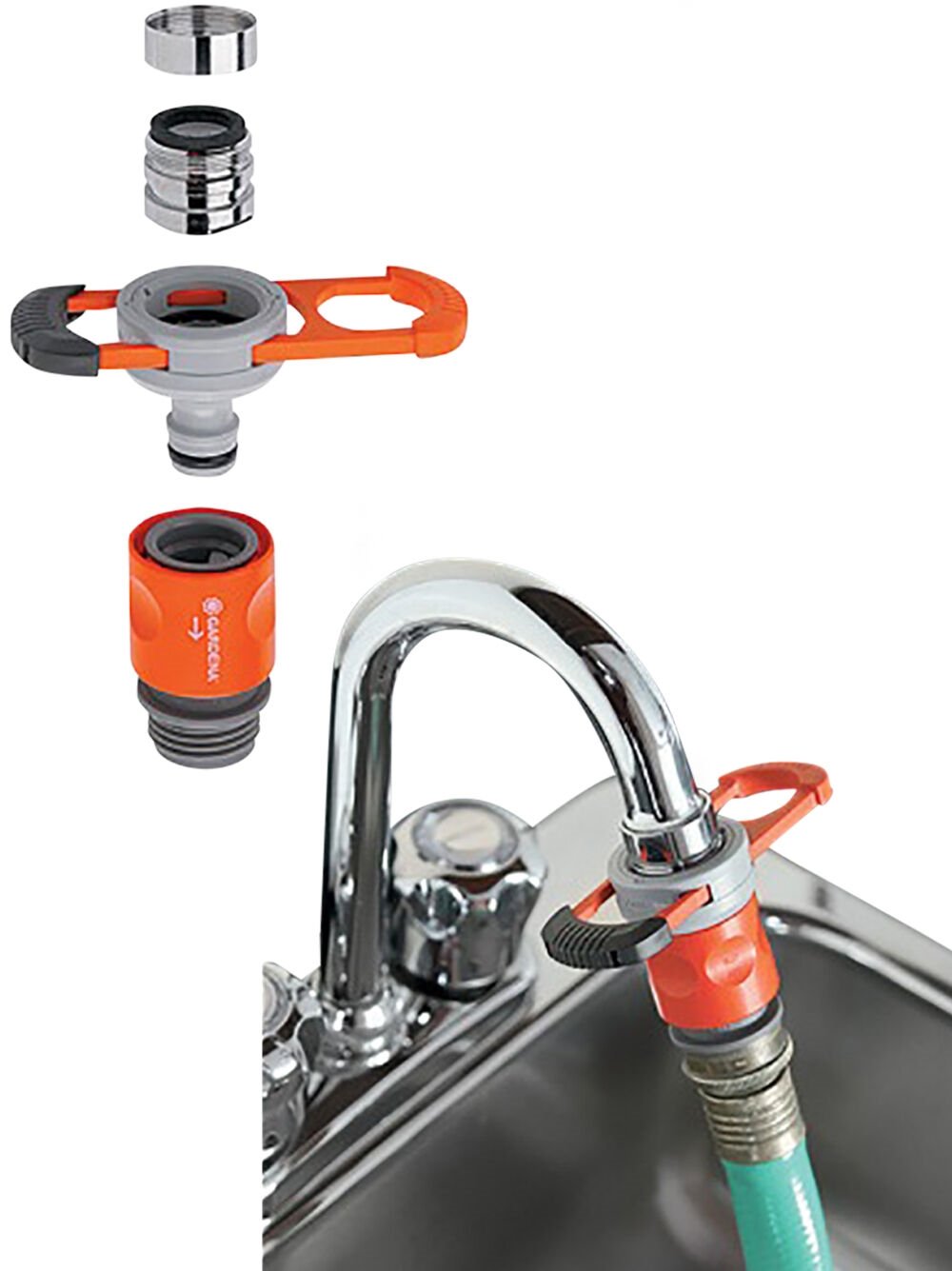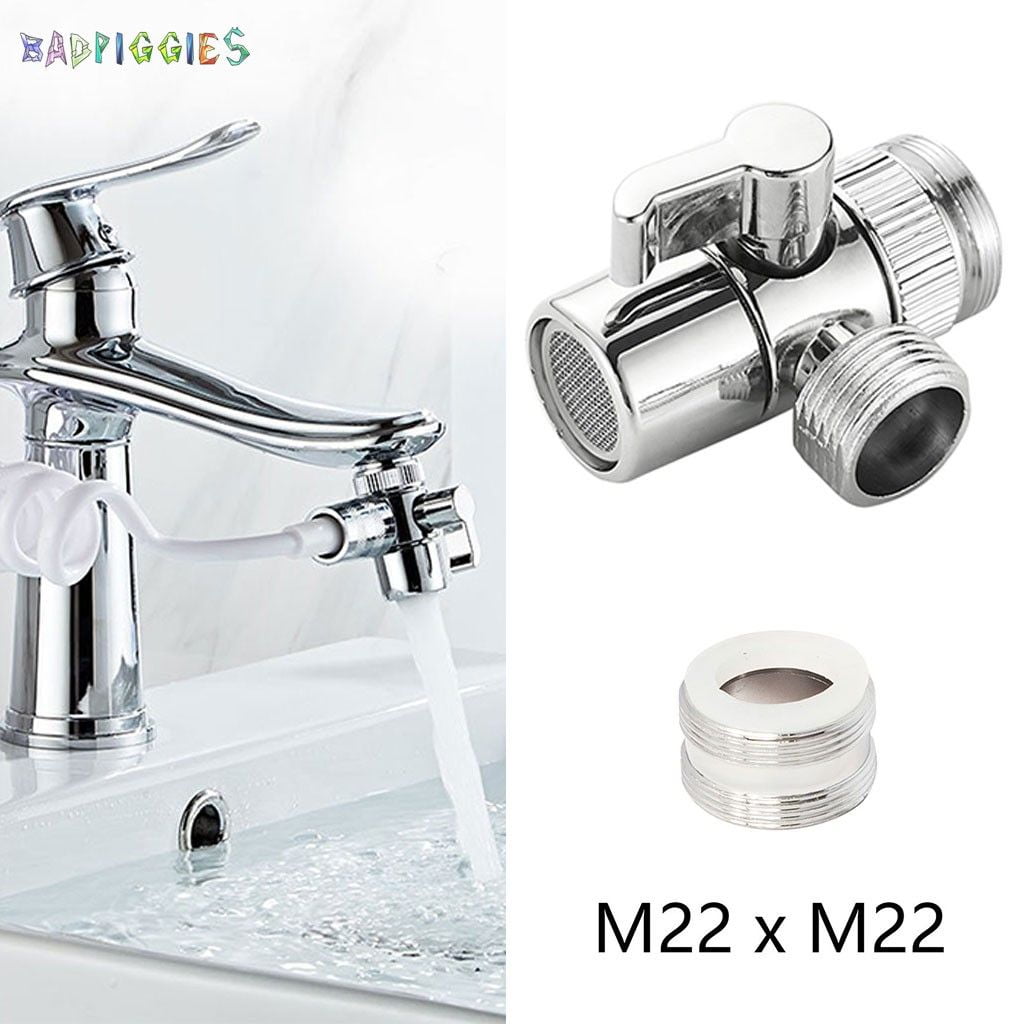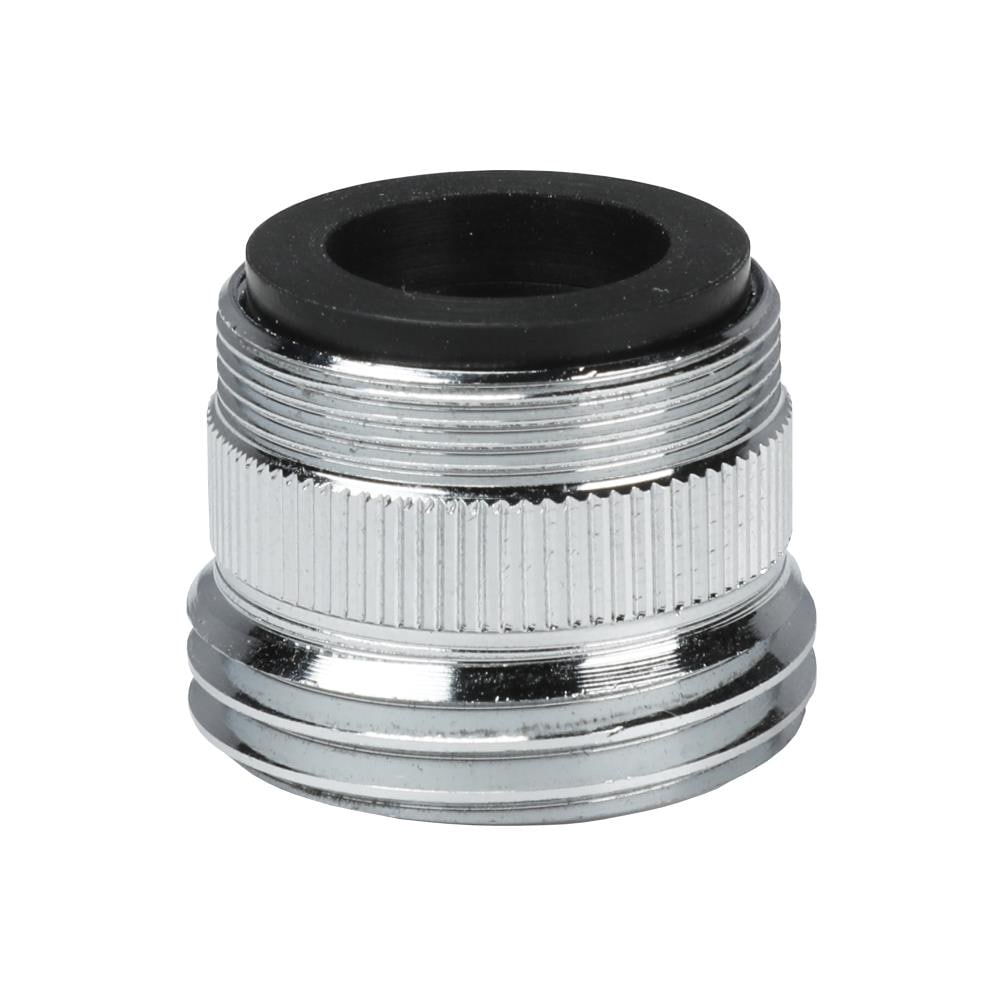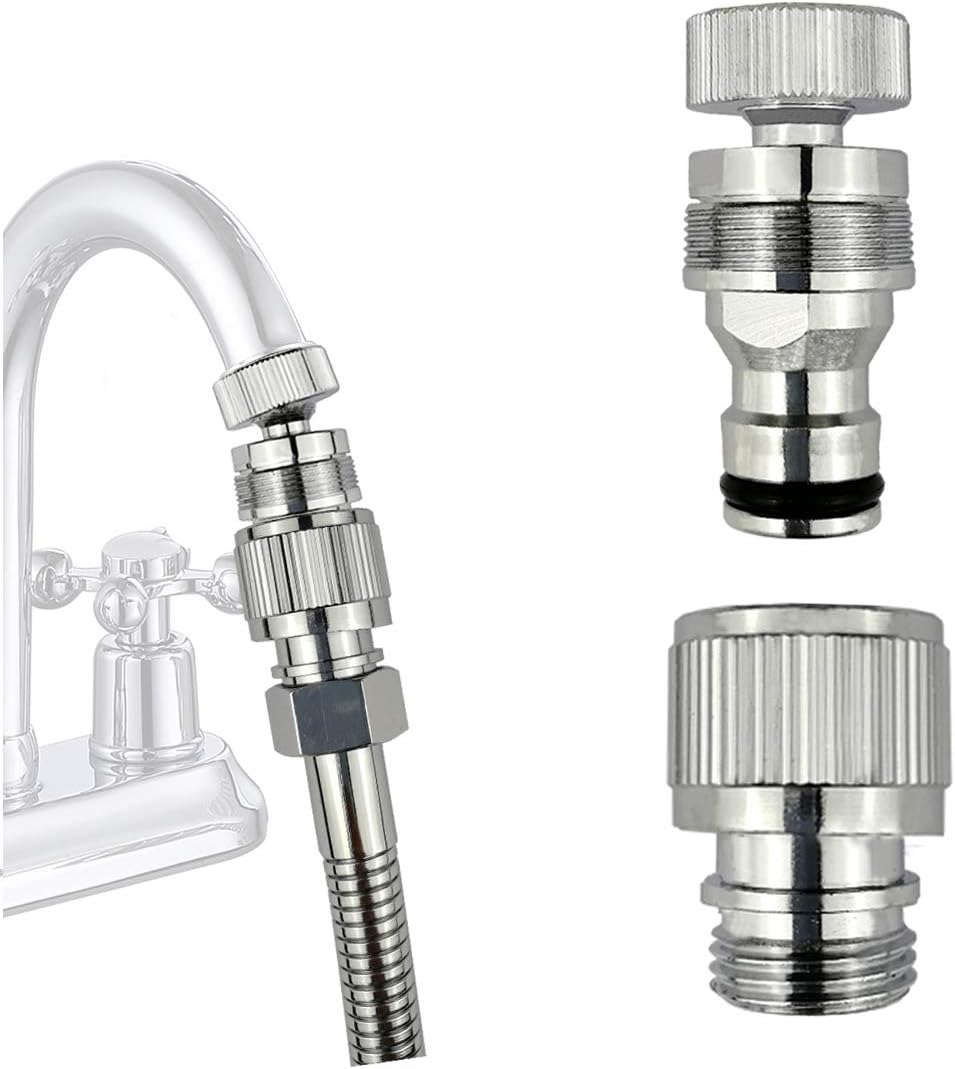Bathroom Sink Faucet Adapter
Understanding the Functionality of Bathroom Sink Faucet Adapters
Bathroom sink faucet adapters are essential components that allow you to connect different types of accessories to your faucet. Whether you want to attach a portable dishwasher, a water filter, or a garden hose, these adapters play a crucial role in ensuring compatibility and functionality. Let’s discuss the functionality of bathroom sink faucet adapters, exploring their purpose, types, and benefits.
What is a Bathroom Sink Faucet Adapter?
A bathroom sink faucet adapter is a device that enables you to connect accessories or appliances to your faucet. It acts as a bridge between the faucet and the desired attachment, allowing a secure and leak-free connection. These adapters are typically made from durable materials such as brass or stainless steel to ensure longevity and withstand water pressure.
Types of Bathroom Sink Faucet Adapters
There are various types of bathroom sink faucet adapters available, each designed to accommodate different accessories or appliances. Some common types include:
- Aerator Adapters: These adapters are used to connect aerators, which help conserve water and regulate the flow rate of the faucet.
- Dishwasher Adapters: Specifically designed for portable dishwashers, these adapters allow you to connect the dishwasher hose to the faucet securely.
- Hose Adapters: Ideal for connecting garden hoses or other water-related equipment, these adapters ensure a tight and leak-proof connection.
- Water Filter Adapters: These adapters facilitate the attachment of water filters, providing clean and filtered water directly from your faucet.
Benefits of Using Bathroom Sink Faucet Adapters:
- Versatility: Faucet adapters allow you to use your faucet for various purposes, expanding its functionality beyond just washing hands or brushing teeth.
- Convenience: With the right adapter, you can easily connect and disconnect different accessories or appliances as needed, making tasks more efficient.
- Cost-effective: Instead of investing in separate plumbing installations, faucet adapters provide a budget-friendly solution to connect additional appliances or accessories.
- Easy Installation: Most faucet adapters are simple to install, requiring minimal tools and expertise. They can be quickly attached or detached, allowing for hassle-free setup and removal.
Maintenance and Care
To ensure the longevity and optimal performance of your bathroom sink faucet adapter, it is essential to practice proper maintenance and care. Regularly inspect the adapter for any signs of wear or damage, and clean it to remove any mineral deposits or debris. Avoid using harsh chemicals or abrasive materials that could damage the adapter. Additionally, follow the manufacturer’s instructions for specific maintenance guidelines.
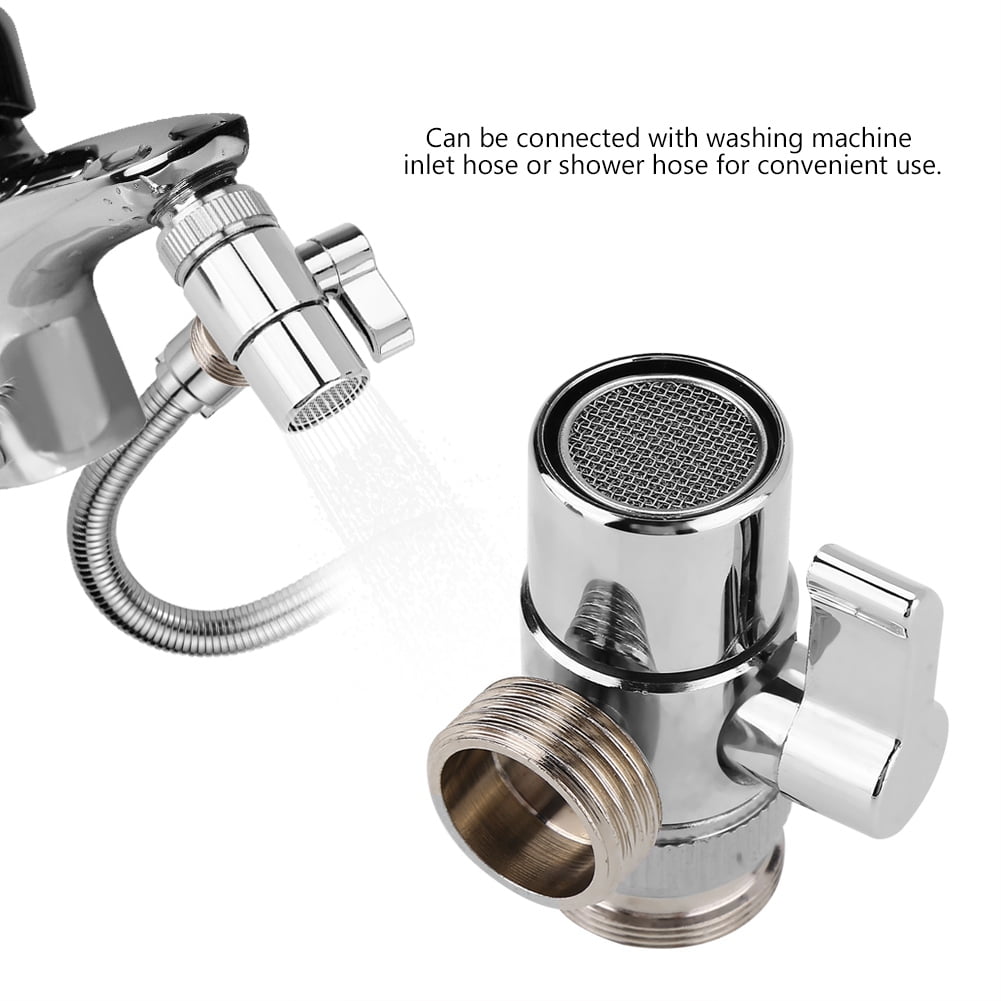
Choosing the Right Bathroom Sink Faucet Adapter
When it comes to selecting a bathroom sink faucet adapter, it’s essential to consider various factors to ensure compatibility and functionality. With a wide range of options available, choosing the right adapter can make a significant difference in your overall experience. Below are several key factors to consider when selecting a bathroom sink faucet adapter.
Faucet Compatibility: Before purchasing a bathroom sink faucet adapter, it’s crucial to determine its compatibility with your existing faucet. Check the threading and size of your faucet to ensure the adapter will fit securely. Different faucets may have various thread sizes, such as standard or metric measurements. It’s recommended to measure the faucet’s diameter to select an adapter that matches the size accurately.
Type of Attachment: Consider the type of attachment you intend to connect to your faucet. Whether it’s a portable dishwasher, water filter, or garden hose, ensure that the adapter is specifically designed for that purpose. Different attachments may require different types of adapters, so it’s essential to choose one that is compatible with your intended use.
Material and Durability: The material of the bathroom sink faucet adapter plays a crucial role in its durability and performance. Look for adapters made from high-quality materials such as brass or stainless steel, as they are resistant to corrosion, rust, and mineral deposits. These materials ensure that the adapter can withstand water pressure and last for an extended period, providing a reliable connection.
Ease of Installation: Consider the ease of installation when selecting a bathroom sink faucet adapter. Look for adapters that offer a simple installation process, requiring minimal tools and expertise. Some adapters may feature quick-connect mechanisms or user-friendly designs that make installation hassle-free. Additionally, check if the adapter comes with clear instructions or video tutorials to assist you during the installation process.
Water Flow and Pressure: Another important factor to consider is the impact of the adapter on water flow and pressure. Some adapters may restrict the flow rate, affecting the overall performance of your faucet. Look for adapters that maintain a balanced flow rate and ensure consistent water pressure. It’s also worth considering adapters with adjustable features, allowing you to control the water flow as per your requirements.
Reviews and Recommendations: Before making a final decision, take the time to read reviews and seek recommendations from other users or professionals. Online reviews can provide valuable insights into the performance and reliability of different bathroom sink faucet adapters. Additionally, seek recommendations from experts or consult with a plumbing professional who can guide you towards the best options based on your specific needs.
Installation Guide for Bathroom Sink Faucet Adapters
Installing a bathroom sink faucet adapter is a relatively simple process that can enhance the functionality of your faucet. Whether you want to connect a portable dishwasher, a water filter, or a garden hose, following a step-by-step installation guide will help ensure a secure and leak-free connection. We will provide a comprehensive installation guide for bathroom sink faucet adapters.
Gather the Required Tools and Materials: Before you begin the installation process, gather the necessary tools and materials. Typically, you will need an adjustable wrench, plumber’s tape, and the specific bathroom sink faucet adapter you have chosen. Make sure you have the correct adapter that matches the attachment you intend to connect.
Turn Off the Water Supply: To avoid any water leakage during the installation process, it’s important to turn off the water supply. Locate the shut-off valves under your sink and turn them clockwise until they are fully closed. This will prevent water from flowing through the faucet while you work.
Remove the Existing Aerator (If Applicable): If your faucet has an existing aerator, you will need to remove it before installing the adapter. Use your hands to unscrew the aerator counterclockwise. If it’s tightly secured, you can use pliers with a cloth or tape around the aerator to avoid scratching it. Set the aerator aside in a safe place for future use if necessary.
Apply Plumber’s Tape: To ensure a tight and leak-free connection, apply plumber’s tape to the threads of the faucet. Start at the base of the threads and wrap the tape clockwise around the threads three to four times. This will create a secure seal and prevent water from leaking.
Attach the Bathroom Sink Faucet Adapter: Take the bathroom sink faucet adapter and screw it onto the threaded end of the faucet. Turn it clockwise and tighten it securely. Use an adjustable wrench to give it an extra quarter turn to ensure a snug fit. Be careful not to overtighten, as this could damage the adapter or the faucet.
Connect the Desired Attachment: Once the adapter is securely in place, you can now connect the desired attachment to the adapter. Attach it according to the manufacturer’s instructions, ensuring a tight and secure fit. If necessary, use an adjustable wrench or pliers to tighten any connections, but be cautious not to overtighten and risk damaging the attachment.
Turn On the Water Supply and Check for Leaks: Once everything is connected, turn on the water supply by opening the shut-off valves under the sink. Slowly turn the valves counterclockwise to allow water to flow through the faucet and the attached accessory. Check for any leaks around the adapter or the connections. If you notice any leaks, tighten the connections further or reapply plumber’s tape if necessary.
Test the Functionality: Finally, test the functionality of the attached accessory. Run water through the faucet and observe if the attachment is working as intended. Check for proper water flow and pressure, ensuring that there are no leaks or drips. If any issues persist, double-check the connections and troubleshoot accordingly.
Innovative Features of Modern Bathroom Sink Faucet Adapters
Modern bathroom sink faucet adapters have evolved to offer innovative features that enhance their functionality and convenience. These advancements in design and technology have made them more efficient, durable, and user-friendly. Let’s see some of the innovative features of modern bathroom sink faucet adapters that set them apart from traditional models.
Quick-Connect Mechanisms: One of the notable advancements in modern faucet adapters is the inclusion of quick-connect mechanisms. These mechanisms allow for effortless installation and removal of the adapter without the need for additional tools. With a simple push or twist, the adapter securely attaches to the faucet, saving time and effort.
Adjustable Water Flow: Some modern faucet adapters feature adjustable water flow capabilities. This allows you to control the flow rate of the water, providing flexibility for various tasks. Whether you need a gentle stream for delicate tasks or a powerful spray for cleaning, the ability to adjust the water flow enhances convenience and efficiency.
Built-in Water Filters: Certain modern faucet adapters come equipped with built-in water filters. These filters effectively remove impurities, such as sediment, chlorine, and other contaminants, providing clean and filtered water directly from the faucet. This eliminates the need for a separate water filtration system and ensures a convenient and reliable source of filtered water.
Leak-Proof Design: Modern faucet adapters often incorporate leak-proof design elements to prevent any water leakage or dripping. Enhanced sealing mechanisms and durable materials ensure a secure connection between the adapter and the faucet, eliminating the risk of leaks. This not only conserves water but also prevents potential damage to your sink and surrounding areas.
Compatibility with Smart Technology: Innovation in faucet adapters has extended to compatibility with smart technology. Some adapters can be integrated with smart home systems or controlled through smartphone apps. This allows you to remotely control the water flow, set timers, or monitor water usage. With these features, you can conveniently manage your faucet and its attached accessories from anywhere within your home.
Eco-Friendly Features: Many modern faucet adapters focus on eco-friendly features to promote water conservation. These adapters often include aerators that reduce water usage by introducing air into the water stream. By maintaining a high-pressure flow while reducing water consumption, these adapters help save water and lower utility bills.
Durability and Longevity: Modern faucet adapters are typically constructed from high-quality materials such as brass or stainless steel, ensuring durability and longevity. These materials are resistant to corrosion, rust, and mineral deposits, making the adapters more robust and reliable. With a long lifespan, modern faucet adapters provide a cost-effective and sustainable solution.
Troubleshooting Common Issues with Bathroom Sink Faucet Adapters
While bathroom sink faucet adapters are generally reliable and easy to use, occasional issues may arise that require troubleshooting. Understanding common problems and their solutions can help you quickly resolve any issues and ensure the proper functioning of your faucet adapter. We will discuss some common issues that may occur with bathroom sink faucet adapters and provide helpful tips and tricks for troubleshooting.
Low Water Pressure: If you notice a decrease in water pressure after installing a faucet adapter, it may be due to a clogged aerator or filter. Start by removing the aerator or filter from the adapter and cleaning it thoroughly. Soak the aerator or filter in a solution of vinegar and water to dissolve any mineral deposits. Rinse it thoroughly and reattach it to the adapter. This should help restore proper water pressure.
Leaks or Drips: Leaks or drips around the connection points of the faucet adapter can be caused by loose connections or worn-out rubber washers. Start by checking the connections and tightening them if necessary. If the rubber washers are worn or damaged, replace them with new ones. Ensure that the adapter is properly aligned and securely attached to the faucet. This should resolve any leaks or drips.
Incompatibility with Faucet: Sometimes, a faucet adapter may not fit properly or securely on certain types of faucets due to variations in thread size or design. If you encounter compatibility issues, consider using an adapter specifically designed for your faucet model or consult with a plumbing professional for guidance. Alternatively, you may need to explore alternative solutions or attachments that are compatible with your faucet.
Difficulty in Removing the Adapter: If you find it challenging to remove the faucet adapter, it may be due to a tight connection or mineral build-up. Start by applying a lubricant or penetrating oil to the threaded area and let it sit for a few minutes. Then, use pliers or an adjustable wrench to grip the adapter securely and turn it counterclockwise to loosen and remove it. If the mineral build-up is causing the difficulty, soak the adapter in vinegar or a descaling solution to dissolve the deposits before attempting removal.
Water Temperature Issues: If your faucet adapter is affecting the water temperature, it’s likely due to an issue with the hot and cold water supply lines. Check the supply lines and ensure they are properly connected and not crossed or reversed. If necessary, consult the manufacturer’s instructions or seek professional assistance to ensure the hot and cold water lines are correctly installed.
Regular Maintenance: To prevent potential issues with your faucet adapter, it’s essential to practice regular maintenance. Clean the adapter and attachments periodically to remove any build-up of debris or mineral deposits. Inspect the rubber washers for wear and tear, and replace them if necessary. Additionally, check for any signs of leakage or loose connections and address them promptly.
Sink Faucet to Garden Hose Adapter $125+ Orders Ship Free
Kitchen/Bathroom Sink Faucet Metal Quick Connector, Quick Connect Shower, GHT3 / 4 inch Adapter Connected to Garden Hose, for Portable Washing
BadPiggies Faucet Diverter, Sink Faucet Connector Splitter Valve To Hose Adapter for Bathroom Kitchen Basin (M22 X M22 Outer Thread)
HSTYAIG Brass Sink Valve Diverter Faucet Splitter for Kitchen or Bathroom Sink Faucet Faucet to Hose Adapter with Universal Faucet Adaptor Splitter
Danco Dual Standard Adapter
Diverter Faucet Splitter for Kitchen or Bathroom Sink Faucet Replacement Part Faucet to Hose Adapter M22 X M24, Polished Chrome
Sink Faucet Sprayer Hose Attachment – Hand Held Shower Faucet
Dishwasher,washer Snap Coupling Adapter,shower hose, garden hose(3/4GHT) quick connection, for Bathroom/kitchen,sink to hose adapter Faucet Hose
Related Posts:




